Testimonials
See what people are saying
Spices Coffee Travel & Wine is a treasure trove of fascinating information! I've always been a coffee enthusiast, but their insights into different coffee blends from around the world have taken my appreciation to a whole new level. The articles are engaging and informative, making it my go-to site for my daily dose of coffee culture.
As a frequent traveler and wine lover, I am thrilled to have discovered Spices Coffee Travel & Wine. Their travel tips are spot on, and I love how they seamlessly integrate wine recommendations with travel destinations. It's like having a personal guide that makes every trip and wine selection extraordinary. Highly recommend this site to anyone who shares a passion for exploring new flavors and places.
Spices Coffee Travel & Wine has become my favorite online destination for discovering new spices and recipes. Their articles are not only informative but also inspire me to experiment with flavors I never would have considered before. The combination of travel and culinary insights makes this site a must-visit for anyone wanting to broaden their culinary horizons.
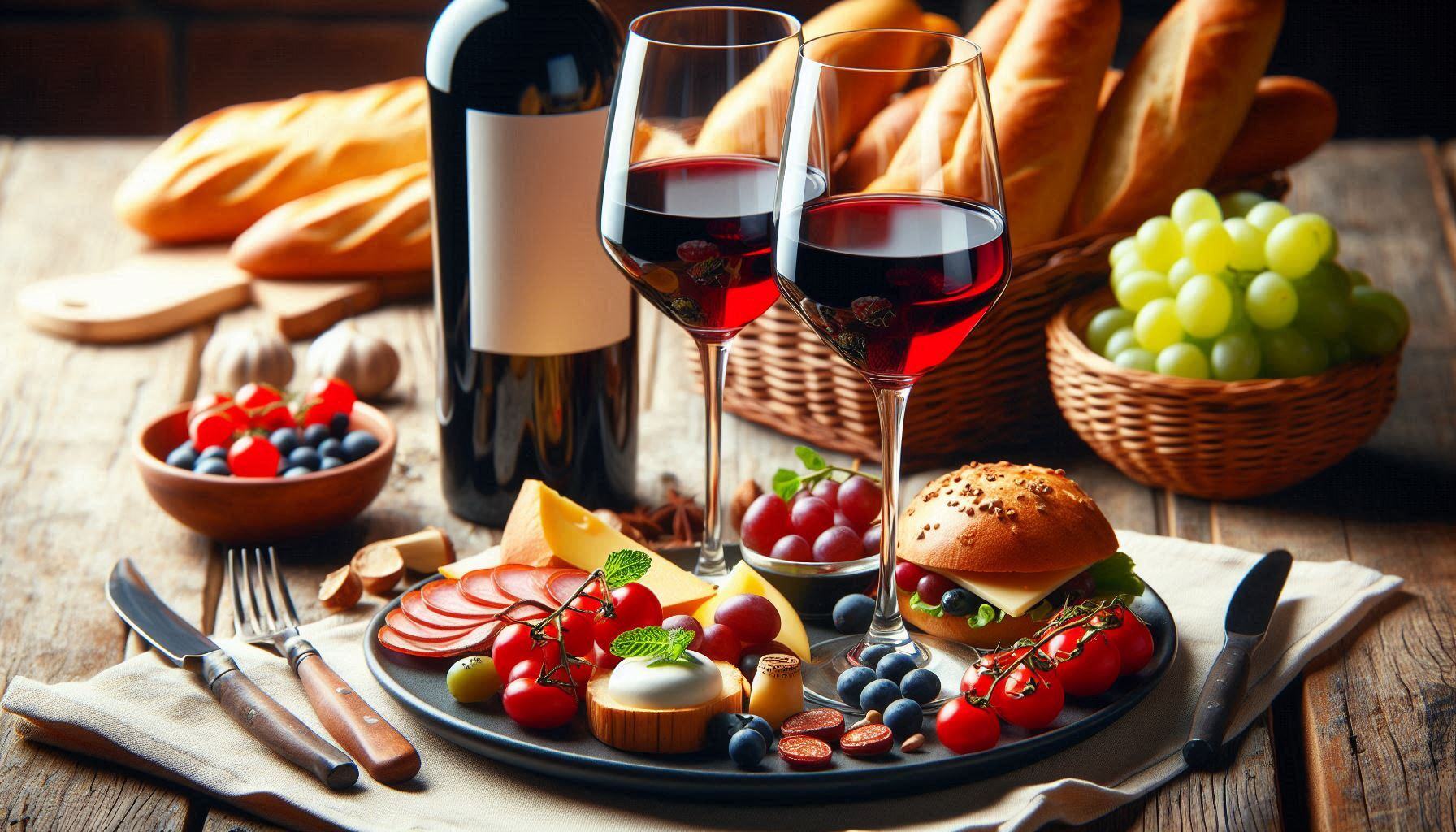
Red Grape Varieties in Napa Valley: Cabernet Sauvignon, Merlot, Pinot Noir, and Zinfandel
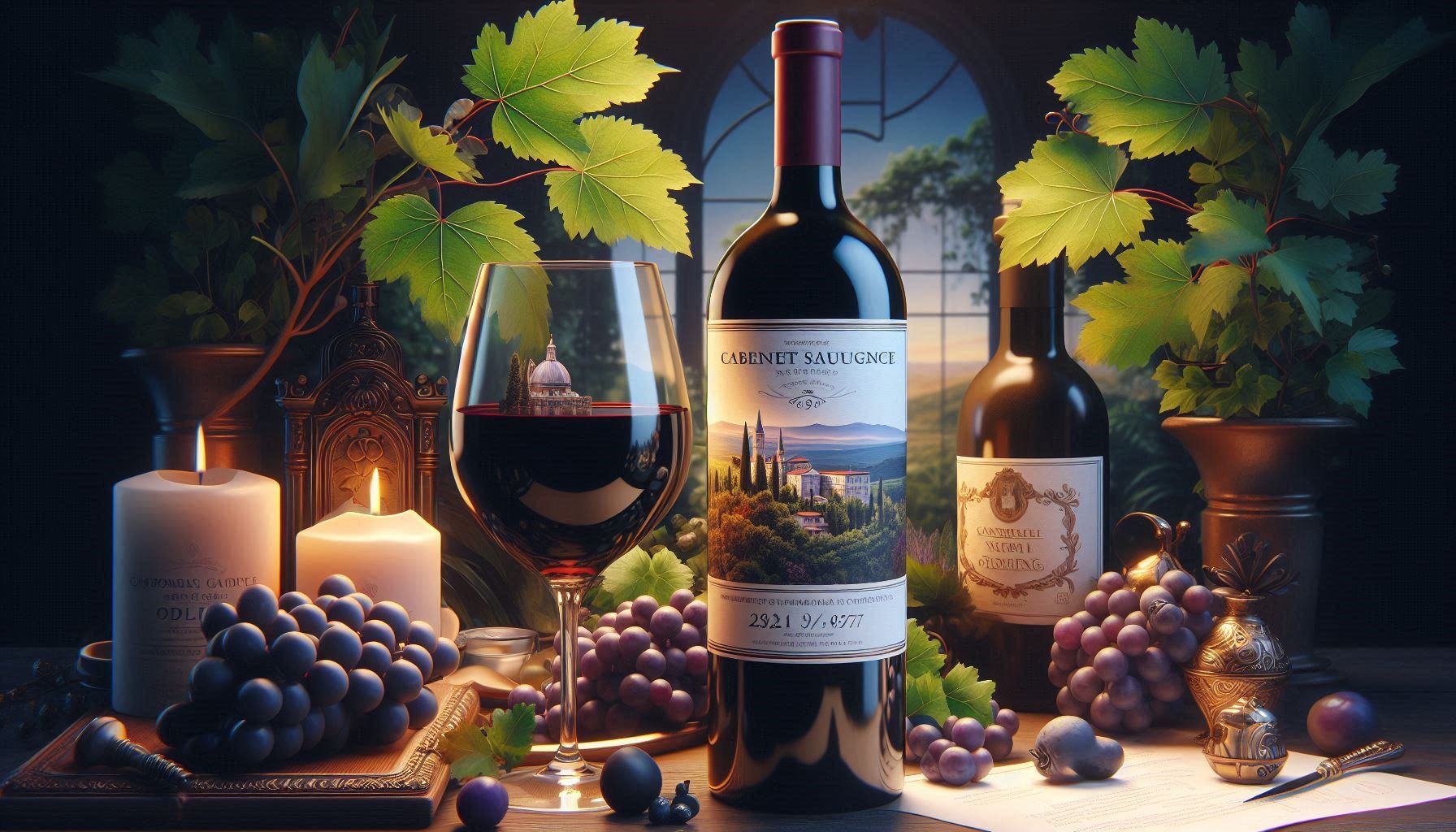
Cabernet Sauvignon: Many vineyards and wine lovers consider Cabernet Sauvignon the best grape. Cabernet Sauvignon started in France and now grows in many places. You can find it in Canada, Australia, and Chile. It has been a factor in the rise and prestige of the Napa Valley in California. It ranks among the top red wine grapes. Farmers cultivate it in many regions around the world. It has a rich history that started in the 17th century in southwestern France. Cabernet Sauvignon was first developed there. It resulted from an accidental cross-pollination of Sauvignon Blanc and Cabernet Franc.
Appearance: The Cabernet Sauvignon grape has rich flavors. They are of blackberry, black cherry, and black currant. These give the grape a full-bodied red wine with dark and complex fruit flavors. The thick, dark blue skin of the grape contributes to its dark ruby color.
Color and Size: The Cabernet Sauvignon grapes are usually small to medium. They have a deep color, high tannin, and a dark blue to almost black hue. The grapes are usually small to medium. They have a deep color, high tannin, and a dark blue to almost black hue. The wine typically changes its color as it ages. It changes from a deep, rich garnet to a dark ruby color.
Leaves: People know Cabernet Sauvignon vines for their distinctive leaves. The leaves are thick with a dark green color. You can identify these leaves by their deep lobes and the fine hairs covering them. This leaf structure helps keep the vineyard healthy and improves its quality.
Clarity: Cabernet Sauvignon wines will generally have excellent clarity with its rich color. However, as it ages some aged wines can exhibit some sediment, which can be solved if the wine is properly decanted in order to separate the wine from the sediment. This will allow the wine to breathe and enhance the wine's flavors and aromas.
Aromas and Flavors: Cabernet Sauvignon provides so many bold aromas and flavors. Wine lovers know this wine for its dark fruits: blackcurrant, blackberry, and plum. But the secondary notes of cedar, tobacco, and vanilla bring great depth. It will lose some tannic strength as it matures over time. It will produce more subtle, nuanced earthy flavors.
Tannins: A key feature of Cabernet Sauvignon is its strong tannin structure. They give the wine texture, and balance. They provide nuanced flavors and a textured, full-bodied wine that ages better. These tannins are more common in younger red wines.
Food Pairings: Because of its medium to high acidity, tannin, alcohol, and body you must take these features into account when it comes to food pairing. This is especially important with the tannins. Cabernet Sauvignon must have protein to break down. Therefore, this wine pairs best with meats that are not too lean and are rich in protein. The food pairings can include Steak (grilled, seared, or roasted), lamb, roast pork, grilled vegetables, and portobello mushrooms
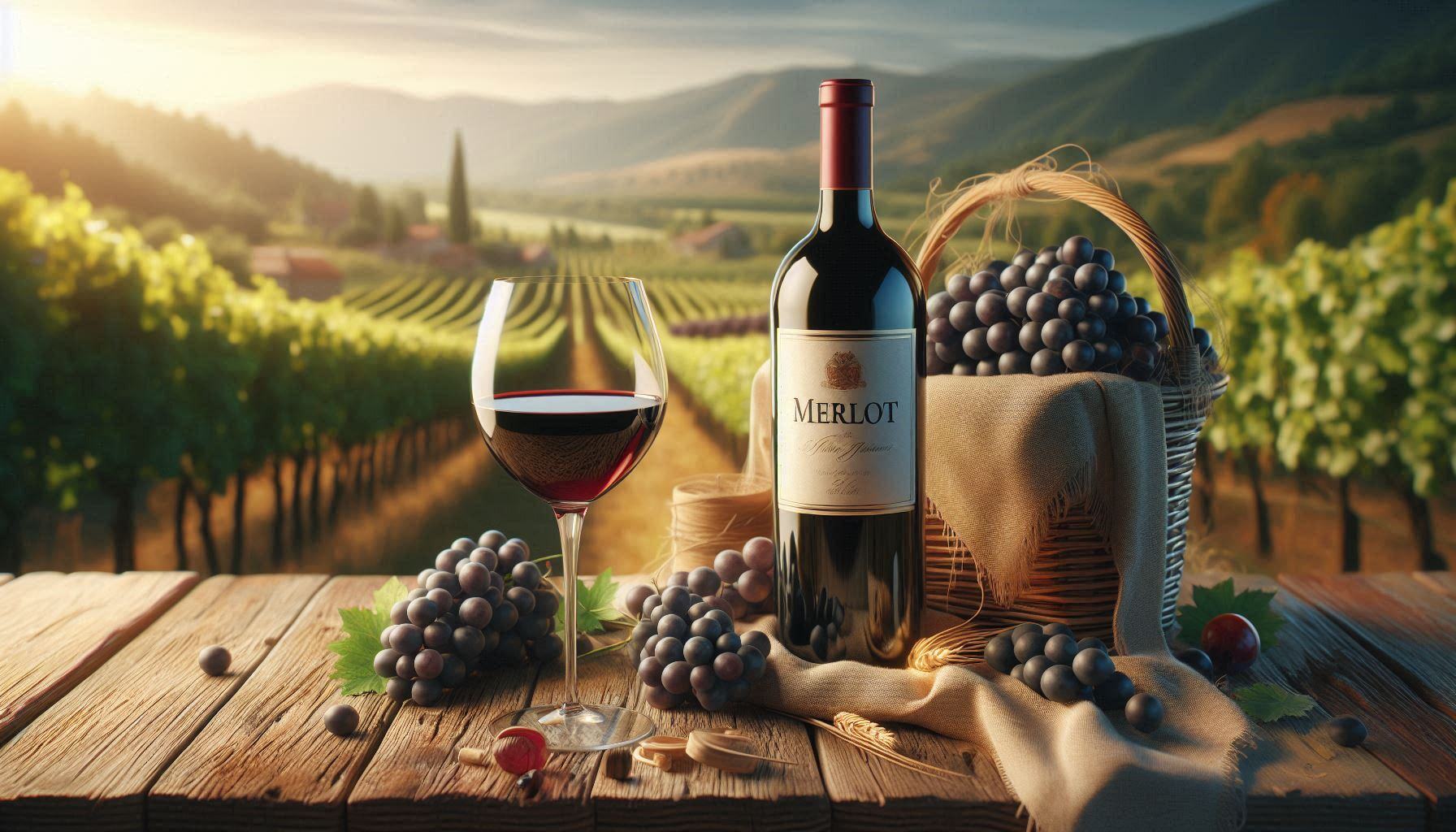
Merlot: This is a variety of wine that uses plump dark blue grapes that can ripen in nearly any climate around the world. The size of the berries and their thin skin means producing fewer Merlot tannins and being ready to drink long before most other reds.
Merlot wine history originates in Bordeaux sometime before 1784, where its grapes were planted throughout the left and right banks of the old village and quickly began to spread from there. Its presence was documented in Italy by the mid-1800s, Switzerland less than 100 years later, and worldwide through the 20th century. In 2004, a character in the popular film Sideways denounced the wine, which temporarily had an impact on the Merlot market. Thankfully, people have now moved past this cinematic stigma, and Merlot has resumed its rightful place as a globally beloved variety.
Characteristics: One of the most well-known Merlot characteristics is its easy Merlot aging potential and ability to adapt to just about any Merlot wine making process one wants, so it should come as no surprise that Merlot grapes are so popular; it's the most planted grape in all of Bordeaux.
Color and Size: The fruit is known for being supple and round with the Merlot aroma of other fleshy fruits, including plum and fig. They also add a deep red color right away as well as certain Merlot flavors, like roasted notes after some years spent aging. The secret? A vineyard with cool and moist soil that gives the grapes their best chance to grow.
Vines: Merlot has medium-high vigor and grows in trails, quickly turning into a dense canopy in cool to warm climates. However, the vine is susceptible to winter injury as well as frost in the spring, and the fruit must be protected from disease.
Aromas and Flavors: As a varied wine, Merlot can be anywhere from fruity and smooth to full-bodied and sophisticated. On the nose, it typically features the aroma of fresh red cherry and plum in cooler climates, whereas warmer climates produce the aroma of fruitcake and baked blackberry. On the palate, Merlot is much smoother compared to Cabernet Sauvignon, especially when grown in warmer climates; its red cousin isn't subtle with its tannins or its tobacco and cassis flavor. Merlot is a great introductory wine because of this; lower acidity and more enjoyable berry flavors make it more enjoyable.
Food Pairings: Merlot has one of the widest ranges of styles, making it one of the most flexible varieties to enjoy. Thanks to its reduced tannins and smoother, rounder Merlot taste profile, it's often best paired with grilled meats, such as steak or even fish accompanied with a red wine sauce. Vegetables that are typically hard on Cabernet, such as broccoli, eggplant, fennel, and chard, make a great companion to Merlot's green profile, especially when they're also roasted. Lean Merlot body varieties from France and Italy won't be too fat or sweet to highlight the marriage of the Merlot wine pairing.
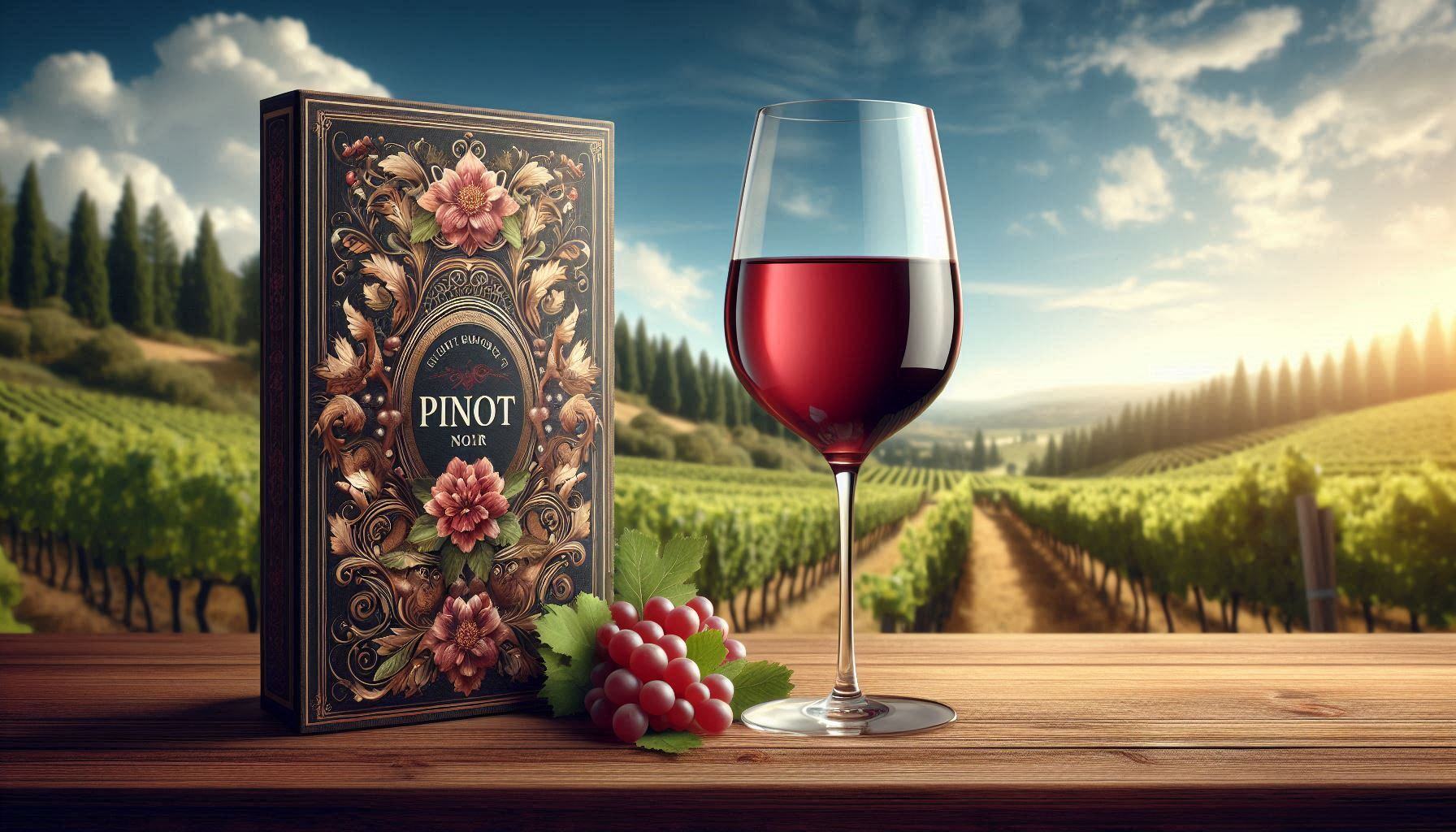
Pinot Noir: Pinot Noir wine is a versatile wine and is one of the world’s most cherished and intricate red wines, renowned for its delicate flavors and silky texture. From Burgundy to California, this finicky grape thrives in cool climates, producing wines with bright acidity, vibrant red fruit notes, and earthy undertones.
Pinot Noir’s origins trace back to Burgundy, France, where it has been cultivated for over 1,000 years.
Believed to date back to Roman times, this ancient grape is the ancestor of many modern varieties. Its name, meaning "pine black," refers to its tightly clustered, dark-hued grapes that resemble a pinecone.
The grape spread beyond Burgundy and flourished in what is now considered Pinot Noir regions such as Oregon, California, and New Zealand, although it would still be considered a Burgundy wine. European settlers introduced Pinot Noir to the U.S. in the 19th century, but it wasn’t until the 20th century that winemakers truly mastered its cultivation.
Today, Pinot Noir’s elegance has made it a global favorite, thriving in diverse environments around the world. Its popularity continues to grow, cementing its place as a mainstay in the global fine wine market.
Charactoristics: Pinot Noir grapes are small, thin-skinned, and tightly clustered, requiring cool climates and well-drained soil to thrive. Highly sensitive to weather conditions and disease, the grape demands careful cultivation. Techniques such as low yields, meticulous canopy management, and hand-harvesting are employed to guarantee high-quality fruit. Many vineyards also utilize organic or biodynamic practices to enhance the complexity of the grape. Despite these challenges, the result is a red wine of extraordinary elegance.
Taste Profile: Pinot Noir is known for its bright acidity, silky tannins, and complex flavors. Common Pinot Noir aromas include red fruits such as cherry, raspberry, and strawberry, complemented by wine tasting notes like earthy undertones of mushroom and forest floor. Depending on the region, you may also encounter subtle hints of spice, floral aromas, or light oak influences. Typically, Pinot Noir is a light-bodied wine that is smooth and elegant in taste, which is why it is considered an elegant wine. While generally lighter than bolder reds, some styles, particularly those aged in oak, can develop additional depth and structure, making them more robust.
Food Pairings: Thanks to the wine flavors, Pinot Noir is incredibly versatile when it comes to food pairings. It complements roasted chicken, salmon, duck, and mushroom-based dishes. The earthy flavors of Pinot Noir pair wonderfully with truffle risotto and grilled vegetables, while its red fruit notes enhance the sweetness in dishes like cranberry-glazed pork. Soft cheeses such as Brie and Gruyère also are a great wine pairing with Pinot Noir since the smooth texture help enhance the richness of the cheese
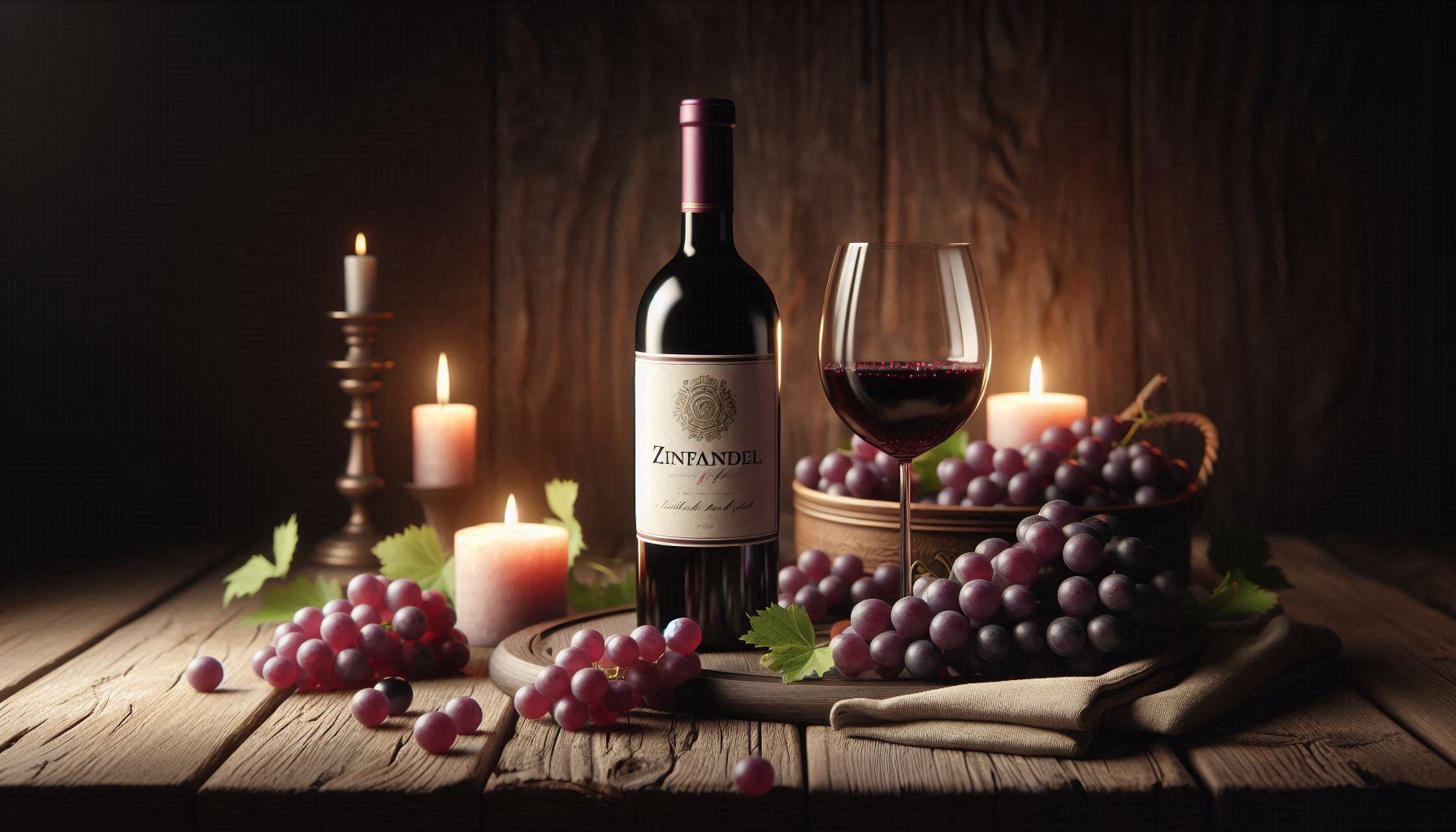
Zinfandel: This wine is a traditional red wine, with vibrant tastes and history. In this strained grape variety, we take you through the grape’s idiosyncrasies, taste profile, and how it changed the wine world, especially in California.
Zinfandel was brought to the United States from Europe in the 18th century and its origins can be traced back to that time. At first the other grape varieties were confused with Cabernet Franc but it was later identified from the elite group. Zinfandel became more popular in the United States, in California especially, due to the warm climate. Today, California Zinfandel finds a prominent spot in the rank of the world’s wine market, being appreciated for its versatility and depth.
Characteristics: Zinfandel is a dark-skinned grape variety that will thrive in warm climates. The wine characteristics specifically the grapes are medium to large and skin and is very thin, which contributes to their bright color and high concentration of flavor. Old vine Zinfandel is often grown in old vineyards, with the vines in some cases decades and often over a century old. The character of these Old Vine Zinfandels is that they produce smaller yields of concentrated fruit giving the wine better complexity. It is critical to have these historic vines maintained by vineyard practices such as careful pruning and sustainable farming techniques.
Taste Profile: You’ll say immediately that there’s a great Zinfandel aroma when you pour a glass of Zinfandel wine. A Zinfandel tends to have red fruit flavors such as raspberry and cherry coupled with spice and pepper hints to add depth. If made with any amount of oak aging, you can also detect subtle oak ages with vanilla and toasted notes identifiable in your wine. Zinfandel tends to have medium to full body and smooth tannin structure. That makes it a friendly, approachable wine for the novice drinkers as well as the seasoned connoisseurs. The contrasting acidity and tannins achieve a pleasing mouth feel and contributes to the overall enjoyment of the drink.
Food Pairings: Zinfandel will make your day when it comes to food pairing. The flavors of Zinfandel make it a great accompaniment for grilled meals, barbecued dishes and hearty pasta sauces. Our recommendation is to try it first, with decent classic dishes such as BBQ ribs or spicy sausage pizza. Zinfandel’s flavor profile is the reason it works so well with these foods. The red fruit notes play so well with grilled flavors and the spice and pepper hints ramp up the heat a bit. The wine’s body and texture offer enough structure to hold up to richer foods and it does not overpower.
Zinfandel wine is more than just a go to choice as it has a long popularity and history offering a lot of versatility to many people’s palates. Zinfandel is a grape variety whose past is defined by confusion and whose current identity is defined by dominance, a grape variety that captivates on the global stage. Whether you’re sipping an Old Vine Zinfandel or even its styles, we invite you to enjoy this outstanding grape variety.
